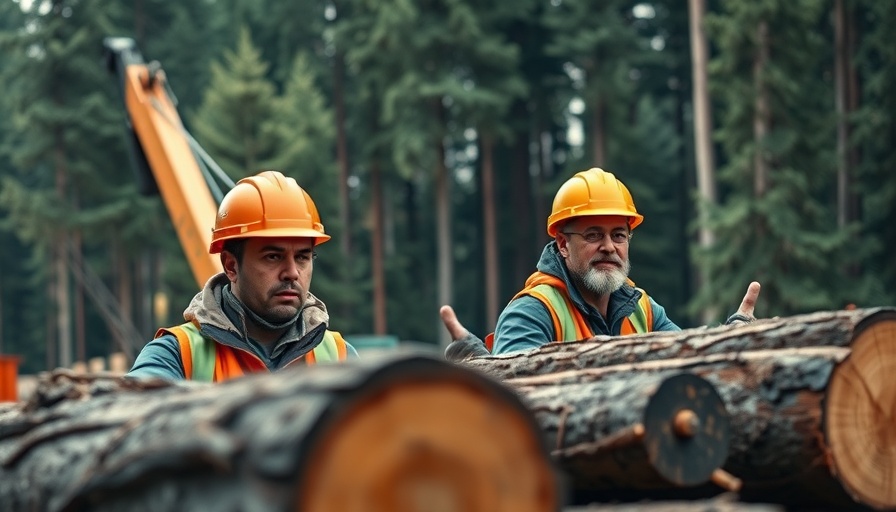
The Revolutionary Role of Exoskeletons in Forestry Safety
As the forestry industry remains one of the most hazardous occupations, the introduction of exoskeletons could be a game-changing solution to reduce the alarming rates of injuries and fatalities among workers. According to recent studies conducted by researchers from Texas A&M University and Oregon State University, exoskeletons that support the back and upper limbs are highly beneficial for forestry workers, who commonly suffer from musculoskeletal disorders due to the demanding nature of their jobs.
Understanding the Impact of Musculoskeletal Disorders
Musculoskeletal pain is prevalent among forestry workers, with issues reported in the neck, shoulders, lower back, and limbs. This discomfort not only hinders their daily activities but also leads to decreased productivity and increased medical costs for employers. With injury rates 40% higher than the average across all industries, it is crucial to prioritize proactive measures like exoskeletons to protect workers’ health and well-being.
The Science Behind Exoskeleton Technology
The study deployed sensors on ten forestry workers to evaluate how various exoskeleton designs could alleviate their physical strain. Supporting their back and upper limbs, these devices enable workers to perform strenuous tasks while minimizing stress on their bodies. As forecasters and tech companies continue to innovate in the field of wearable technology, exoskeletons are a potent reminder of how engineering can directly enhance safety in high-risk sectors.
Barriers and Acceptance: Is the Industry Ready?
The research not only gauged the physical benefits of exoskeletons but also examined factors affecting their acceptance. Surveys revealed mixed feelings among workers regarding the usage of this technology. While many recognized the potential benefits, concerns about functionality, cost, and adaptability to their work environment remain significant hurdles. To build acceptance, employers must actively engage workers in conversations about new technologies and collaborate to alleviate any apprehensions.
The Economic Importance of Forestry and Worker Safety
Forestry plays a pivotal role in our economy, providing raw materials and employment. However, as highlighted by Jeong Ho “Jay” Kim, an associate professor involved in the study, the high injury and fatality rates reflect the need for urgent changes to protect laborers. Investing in technologies like exoskeletons is not just a moral obligation but also a strategic decision impacting productivity and costs in the long run.
What the Future Holds for Exoskeletons in Forestry
The findings of this research, published in the International Journal of Forest Engineering, suggest a promising future where exoskeleton technology could significantly enhance worker safety. As industries evolve, the adoption of innovative tools to combat occupational hazards will become increasingly critical. Forestry companies that embrace technology will not only improve their workers’ safety but can also set a precedent for other sectors plagued by similar challenges.
The call to action for business owners, facility managers, and developers in the commercial construction field is clear: evaluate how such technologies can enhance workplace safety and productivity. Adopting exoskeletons could reduce long-term healthcare costs and enhance employee morale. Now is the time to take decisive steps toward a safer work environment for everyone in forestry.
 Add Row
Add Row  Add
Add 




Write A Comment